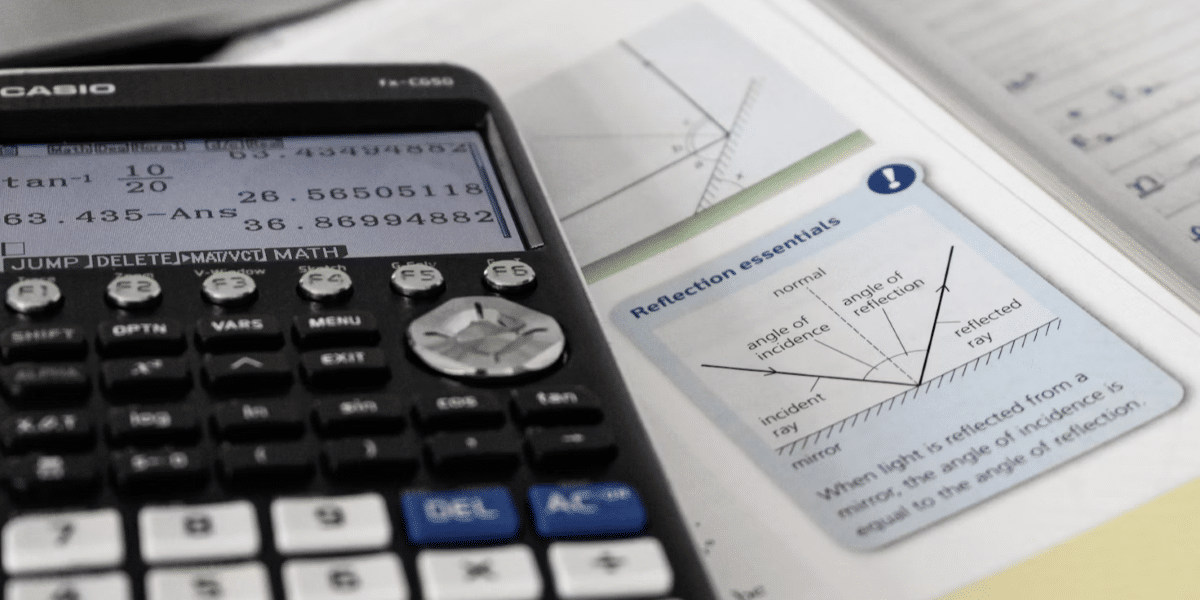Does data seem like a tangled mess? Let the Pearson correlation calculator be your guide. You can pull apart the mass of data and make sense of patterns and relationships. Once you understand this bedrock statistical concept, you can understand complex data sets and make decisions based on real evidence rather than guesswork. Zero, Positive, and Negative Correlations
Zero Correlation
Zero correlation means there’s no relationship between variables. When one variable changes, it doesn’t affect the other. For instance, if we had a group of people and looked for the correlation between shoe size and IQ, we’d (hopefully) find zero. The size of your tennis shoes has no bearing on how much brainpower you’ve got.
Correlations
Positive correlation implies that as one variable increases, so does the other. More hours spent studying mean higher grades on the test. Negative correlation means the opposite, one increases as the other one decreases. For example, outside temperatures negatively correlate with ice cream sales. As the temperature goes down, so, too, goes the sale of your favorite Girl Scout crossovers of all time.
Sample size. Bigger equals more likely to show a relationship.
Normally distributed data. A correlation works best when your data fits a straight line. If you have too much noise in your data, it’s hard to find a strong relationship.
The range of values for each variable is very influential in determining the correlation coefficient.
When variables have a restricted range, this can result in a lower correlation coefficient, even if a strong relationship between the variables exists. For example, if we were examining the correlation between IQ scores and academic performance in a group of highly intelligent students with similar IQ levels, the correlation might not be very high due to the restricted range.
Outliers can have a large effect on the value of the correlation coefficient. It can make it seem weaker or stronger than what the data looks like. For example, if you are looking at how much someone studies and their exam scores. In a class where most students get around 80-90% on the exam, a student who constantly gets below 50% could affect the correlation between time studying and exam scores.
In Excel
Utilizing Excel makes computing correlations significantly easier with built-in functions like CORREL(). By supplying an array of values for each variable as arguments within the function, you can quickly obtain your correlation coefficient without having to perform any of the calculations yourself. This can be especially handy when you’re working with large datasets or when you need to conduct some quick analyses.
Testing for Significance of the Pearson Correlation Coefficient
Hypothesis Testing
When examining the sample correlation, we often want to know if the relationship between the two variables is statistically significant. This is where hypothesis testing comes into play. By conducting a significance test, we can determine whether there is a genuine association between the variables or whether the association we observe is simply due to random chance.
Practical Uses of the Pearson Correlation Coefficient
Scientific Research
Pearson’s correlation coefficient is particularly useful for enhancing descriptive statistics in scientific research by providing a measure of the strength and direction of the linear relationship between two variables. This coefficient ranges from -1 to 1. The closer the coefficient is to -1, the more strongly the two variables are inversely related, i.e., if one increases, the other decreases and vice versa. The closer the coefficient is to 1, the more strongly the variables are directly related, i.e., if one increases, then the other also increases. The closer the coefficient is to 0, the weaker the linear relationship between the two variables. In analyzing the relationship between two variables, researchers can use the scatterplot to examine whether the points seem to fit a line.
Closing Thoughts
Congratulations! You’re officially knowledgeable about the Pearson correlation coefficient and went from knowing nothing of it to diving straight into the nitty-gritty — from its definition, to calculator and implementation, assumptions and testing, and even its limitations. Remember that correlations reflect only relationships, not causal connections. Always take into account other potential influencers of your data.
Published By: Aize Perez










